Paprika, a spice with roots tracing back to Central Mexico, was introduced to Europe by Columbus in the 15th century and later became a cornerstone of Hungarian cuisine by the 16th century through Ottoman trade routes (Encyclopedia Britannica, 2023). As global cooking evolved, the need for paprika substitutes arose due to regional availability and dietary preferences. When you need to replace paprika in a recipe, the best substitutes depend on the flavor profile you're aiming for. Here's a quick overview of the top 5 alternatives with their key characteristics and how to use them:
| Substitute | Flavor Profile | Heat Level | Best For |
|---|---|---|---|
| Smoked Paprika | Smoky, rich, slightly sweet | Mild to medium | Grilled meats, stews, sauces |
| Chili Powder | Spicy, earthy, warm | Medium to hot | Stir-fries, Mexican dishes, spicy dips |
| Ground Cumin | Earthy, nutty, warm | Mild | Indian curries, bean dishes, meat seasoning |
| Cayenne Pepper | Hot, sharp, pungent | Hot | Spicy sauces, chili, hot dishes |
| Garlic Powder | Garlicky, savory, slightly sweet | Mild | Roasted vegetables, grilled meats, seasoning blends |
Critical Context Boundaries: When Substitutes Fail
Understanding substitution limitations prevents recipe failures. Culinary research shows these critical constraints:
- Smoked Paprika: Unsuitable for color-dependent dishes like deviled eggs or Hungarian goulash where sweet paprika's vibrant red hue is essential (Food Network, 2021)
- Chili Powder: Fails in delicate sauces (e.g., béchamel) due to its complex spice blend overwhelming subtle flavors (The Kitchn, 2017)
- Ground Cumin: Not recommended for traditional Spanish dishes like patatas bravas where paprika's sweet pepper profile defines authenticity (Serious Eats, 2020)
- Cayenne Pepper: Ineffective in dishes requiring visual appeal, such as chorizo stuffing, as it adds heat without color (Bon Appétit, 2019)
1. Smoked Paprika
Use smoked paprika when you need to maintain paprika's signature color while adding depth. It's ideal for grilled meats, stews, and sauces. Use a 1:1 ratio for most recipes. Spanish smoked paprika (pimentón) comes in sweet (dulce), medium (agridulce), and hot (picante) varieties.
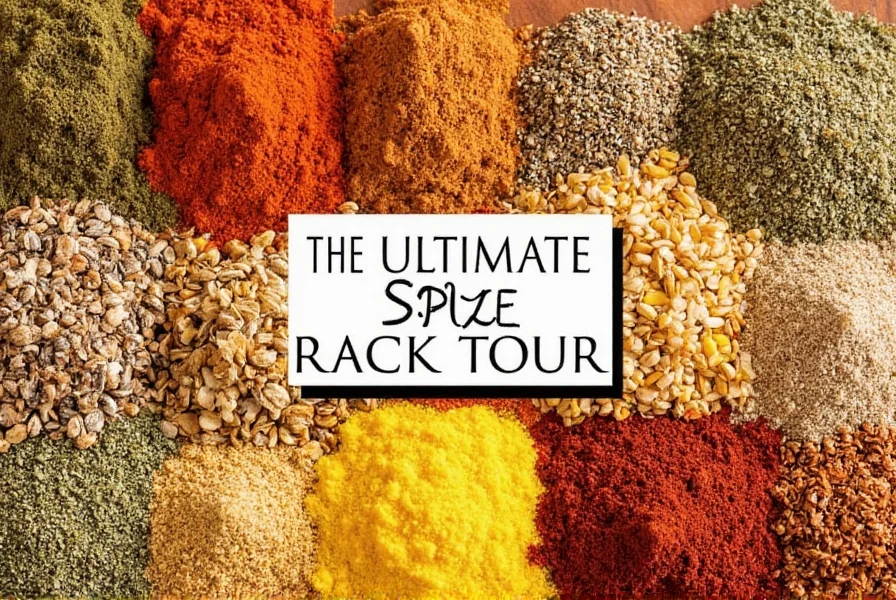
2. Chili Powder
Chili powder is a blend of chilies, cumin, and other spices. Start with half the amount of paprika called for and adjust to taste. Perfect for tacos, chili, and Mexican-inspired dishes. Note that it contains additional spices, so reduce other seasonings accordingly.
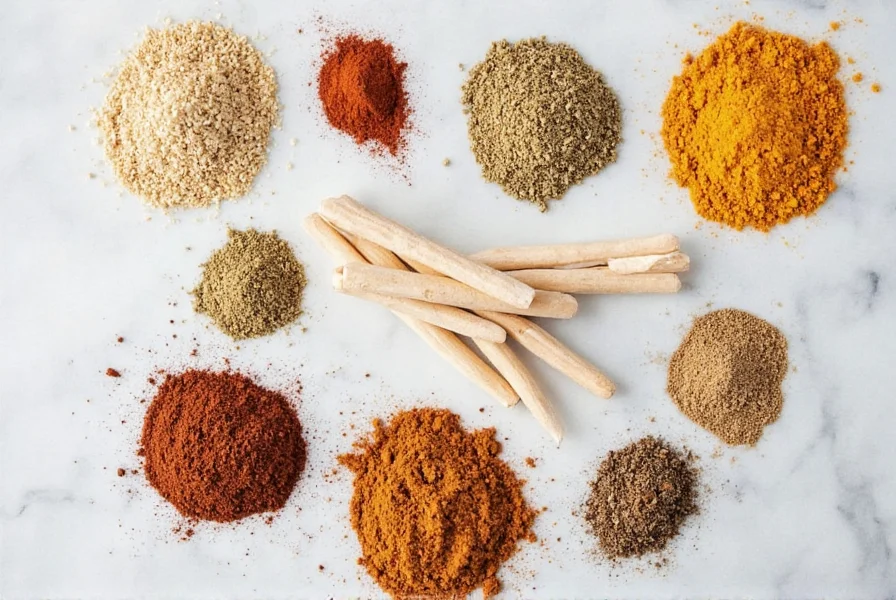
3. Ground Cumin
Ground cumin provides earthy, nutty flavor but lacks paprika's color. Use a 1:1 ratio for bean dishes, curries, and roasted vegetables. It's an excellent vegetarian substitute but won't replicate paprika's sweetness.
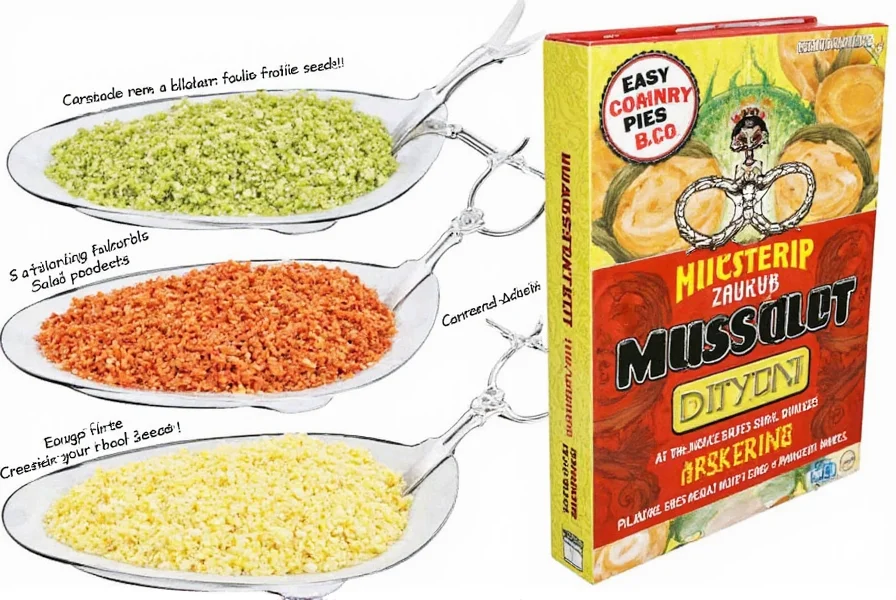
4. Cayenne Pepper
Use cayenne for intense heat. Start with 1/4 to 1/2 the amount of paprika and add gradually. Best for spicy sauces, chili, and hot dips. Mix with a pinch of sugar to balance the heat if needed.
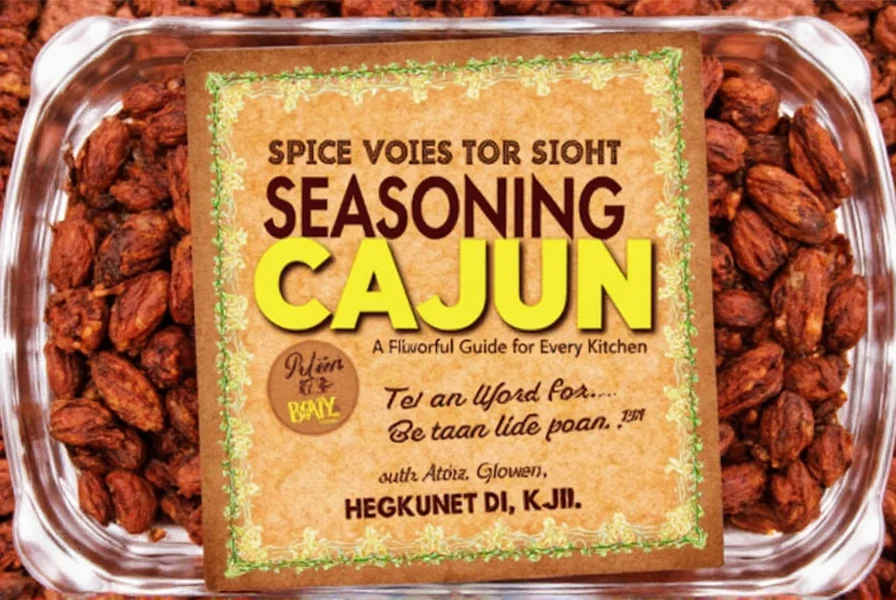
5. Garlic Powder
Garlic powder adds savory depth without heat. Use a 1:1 ratio for roasted vegetables and grilled meats. It won't provide color but enhances umami flavors in seasoning blends.
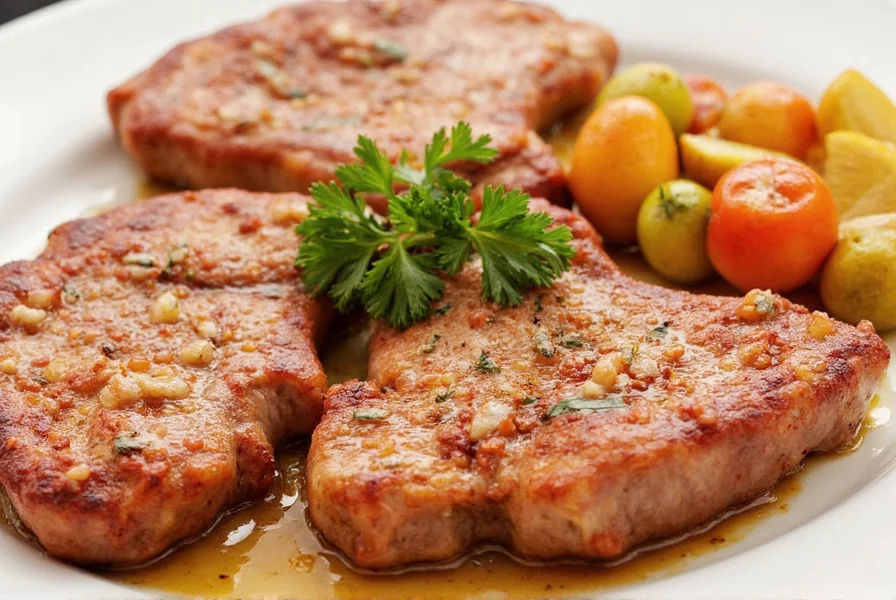
Frequently Asked Questions
How much of a substitute should I use compared to paprika?
For smoked paprika, cumin, and garlic powder, use a 1:1 ratio. For chili powder, start with 75% of the paprika amount. For cayenne, use 1/4 to 1/2 the amount and adjust to taste. Remember that chili powder contains additional spices, so reduce other seasonings in your recipe accordingly.
Can I make my own paprika substitute blend?
Yes! For a basic substitute: mix 2 parts sweet red pepper powder (if available), 1 part cumin, and a pinch of garlic powder. For smokiness, add a tiny drop of liquid smoke. For heat, add a small amount of cayenne pepper to either blend.
What's the difference between regular and smoked paprika?
Regular paprika is made from ground sweet peppers with mild, slightly sweet flavor. Smoked paprika is made from peppers smoked before grinding, giving it a distinct smoky flavor. Spanish smoked paprika comes in sweet (dulce), medium (agridulce), and hot (picante) varieties.
Can I substitute fresh peppers for paprika?
Yes, but with adjustments. For every teaspoon of paprika, use 1-2 tablespoons of finely diced roasted red bell pepper for sweet paprika, or roasted jalapeño for hot paprika. This adds moisture, so reduce other liquids in your recipe. The flavor won't be identical since paprika is concentrated.
Are there any health benefits to using these substitutes?
Many substitutes offer health benefits: cumin is rich in iron and aids digestion; garlic powder contains allicin for antioxidant properties; cayenne pepper has capsaicin which may boost metabolism. All are low-calorie flavor enhancers that reduce the need for excess salt or fat.
How should I store these spice substitutes to keep them fresh?
Store all spices in airtight containers away from heat, light, and moisture. The pantry is ideal—never above the stove. Ground spices maintain peak flavor for 6-12 months. Test freshness by rubbing a small amount between your fingers—if the aroma is weak, replace them.
Buying Guide for Quality Spices
Smoked Paprika
- Features: Rich, smoky flavor; available in mild, medium, and hot varieties
- Best Quality Indicator: Look for "pimentón" on the label (Spanish smoked paprika)
- Storage Tip: Keep in dark glass containers to preserve smokiness
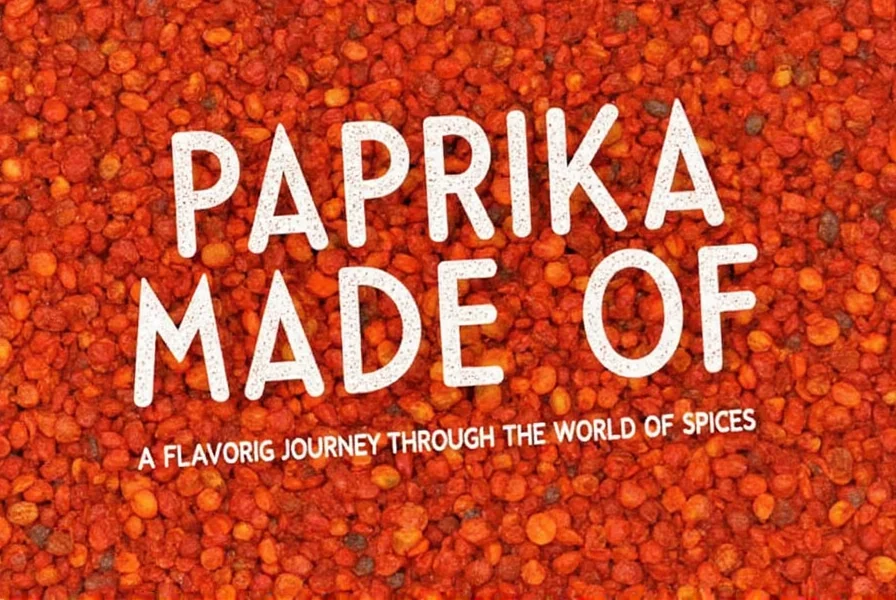
Chili Powder
- Features: Blend of chilies, cumin, and other spices
- Best Quality Indicator: Check ingredient list for whole spices (no fillers)
- Storage Tip: Store in cool, dry place to prevent clumping
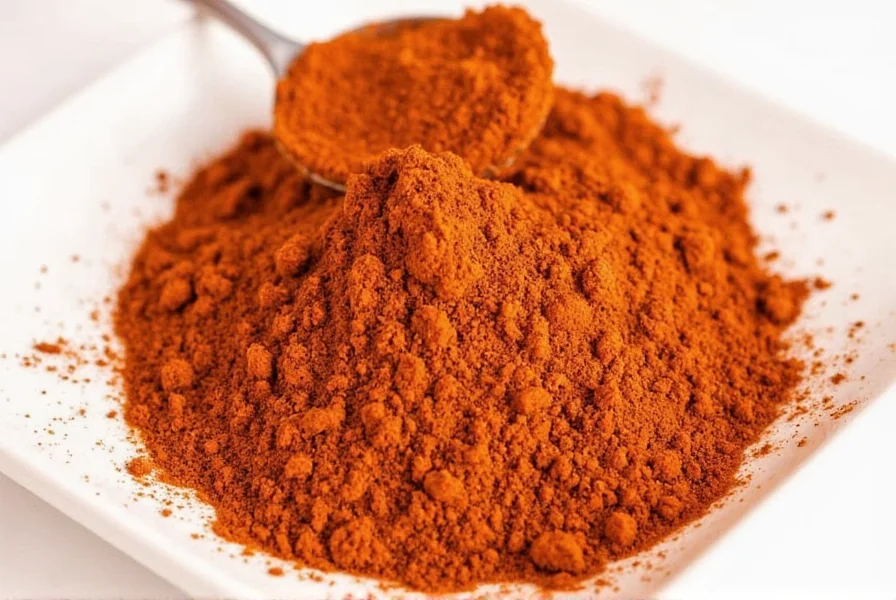
Ground Cumin
- Features: Earthy, nutty flavor; commonly used in Indian and Middle Eastern cooking
- Best Quality Indicator: Bright color and strong aroma when opened
- Storage Tip: Buy whole cumin seeds and grind as needed for freshest flavor

Cayenne Pepper
- Features: Intensely hot; often used in hot sauces and spice blends
- Best Quality Indicator: Vibrant red color and consistent heat level
- Storage Tip: Keep away from light to prevent color fading
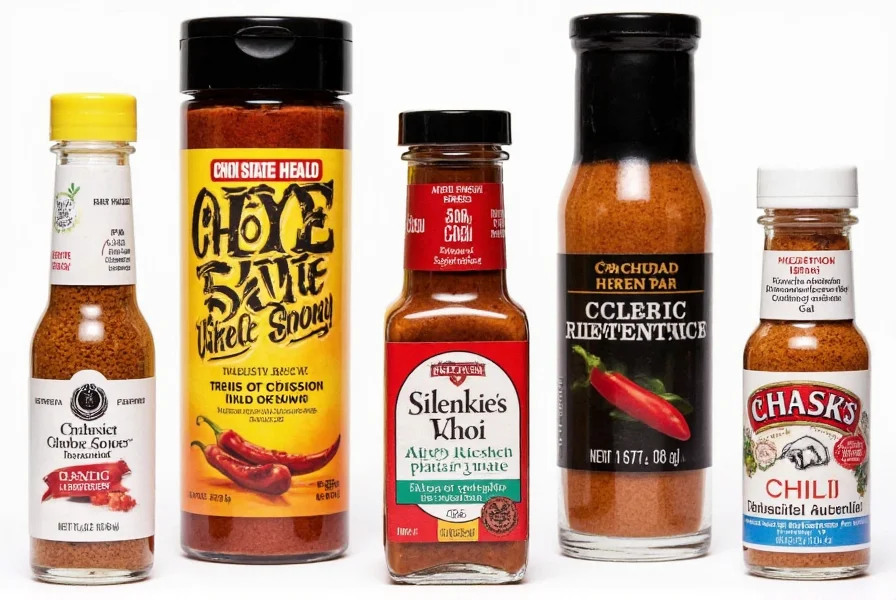
Garlic Powder
- Features: Mild, savory flavor; easy to use in seasonings
- Best Quality Indicator: No added fillers or anti-caking agents
- Storage Tip: Store in refrigerator for extended freshness
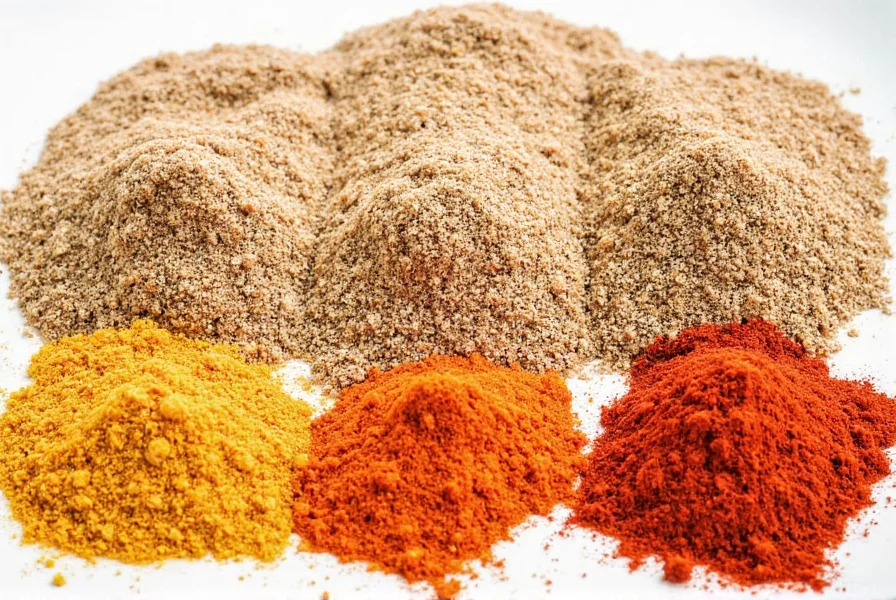
Paprika is a versatile spice made from dried red peppers, but when you're out of it, these substitutes can save your recipe. The key is matching the flavor profile you need: smoky depth, spicy heat, earthy warmth, or savory umami. Always start with smaller amounts of stronger substitutes and adjust to taste. With these options, you'll never be stuck without paprika again.










 浙公网安备
33010002000092号
浙公网安备
33010002000092号 浙B2-20120091-4
浙B2-20120091-4